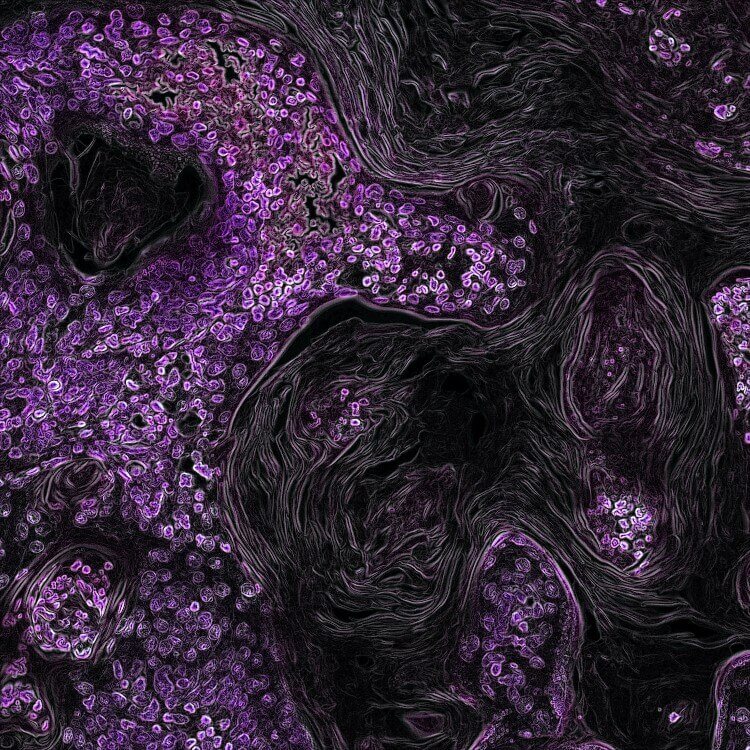Calcium alpha-ketoglutarate is a mineral that helps the body reduce its high phosphate concentration and restore optimum calcium levels. Bodybuilders and people with various health conditions actively use it to improve energy, endurance, and exercise performance. To understand calcium alpha-ketoglutarate better, let’s begin with its main properties.
What Is Calcium Alpha-Ketoglutarate?
Calcium alpha-ketoglutarate (or calcium akg) is derived from the combination of calcium and alpha-ketoglutaric acid, which is a key factor in the tricarboxylic acid cycle (Krebs cycle). This compound is involved in cellular energy metabolism and serves as a substrate for enzymes that produce adenosine triphosphate (ATP), the primary energy source of cells.
It is often used as a dietary supplement to support energy production, enhance exercise performance, and promote bone mineralization. As a bioavailable source of calcium and a metabolically active precursor, this compound aids in various physiological processes within the human body.
Calcium Alpha Ketoglutarate Structure
Calcium akg has a distinct molecular structure. It is a compound formed of calcium, a mineral essential for bone health, and alpha-ketoglutaric acid. Molecules of alpha-ketoglutaric acid bind to calcium ions in calcium alpha-ketoglutarate, creating a stable complex. This synergy allows calcium alpha-ketoglutarate to play two roles: maintaining energy balance and providing calcium for cellular functions.
Calcium Alpha-Ketoglutarate Benefits
There are numerous benefits of calcium alpha-ketoglutarate. Here is a more detailed explanation of how calcium alpha-ketoglutarate affects different body processes:
Anti-aging Properties
Its involvement in cellular processes vital for tissue integrity makes calcium alpha-ketoglutarate an effective anti-aging agent. Beyond its role in ATP generation, calcium alpha-ketoglutarate mitigates oxidative stress, which is one of the primary causes of aging. This compound modulates reactive oxygen species (ROS) and influences cellular redox balance, which contributes to preserving cellular function and preventing age-related damage. Besides, the presence of calcium supports bone health, which is an important aspect of longevity.
Heart Health
This mineral enhances cardiovascular function by promoting efficient energy production within heart cells. Its potential to mitigate oxidative stress contributes to the prevention of cardiovascular diseases. Through the regulation of blood pressure and blood vessels, calcium AKG further supports cardiovascular health. Ongoing research continues to explore its specific mechanisms and potential applications in heart health.
Reduced Inflammation
CaAKG exhibits anti-inflammatory properties by modulating key signaling pathways in the immune response. Its interaction with inflammatory mediators (cytokines and reactive oxygen species) helps regulate the inflammatory response. CaAKG also influences the activity of nuclear factor-kappa B (NF-κB), which is a protein transcription factor responsible for inflammation. Aside from that, CaAKG’s capacity to boost cellular antioxidant defenses helps to reduce oxidative stress associated with inflammation.
Metabolism
Calcium alpha-ketoglutarate is crucial for energy metabolism. Being a Krebs cycle intermediate, it converts nutrients into adenosine triphosphate, which is the main cellular energy source. This promotes efficient energy metabolism and metabolic flexibility. It also improves endurance and exercise performance. Additionally, its involvement in the TCA cycle regulates intermediary metabolites, supporting metabolic balance. Overall, calcium alpha-ketoglutarate shows promise in metabolic support, optimizing energy production and metabolic balance.
Gut Health
The metabolic and regulatory functions of calcium alpha-ketoglutarate are important for gut health. As a participant in the Krebs cycle, it contributes to the breakdown of nutrients and provides energy for the cells lining the digestive tract. This metabolic function enhances the integrity and function of the gastrointestinal lining. Besides, its strong antioxidant properties aid in the maintenance of a healthy gut by reducing oxidative stress.
Stem Cells Vitality
By influencing cellular metabolism, this mineral positively influences stem cell function. Calcium alpha-ketoglutarate contributes to energy production within stem cells. It also enhances mitochondrial function, which is necessary for optimal stem cell activity. By supporting these metabolic processes, calcium alpha-ketoglutarate fosters the self-renewal and differentiation potential of stem cells. Furthermore, it has been observed to modulate signaling pathways associated with cell proliferation and tissue regeneration.
Doses and Side Effects
The optimal dosage of calcium alpha-ketoglutarate depends on individual health factors and specific therapeutic goals. The recommended daily dose ranges from 1,000 to 3,000 mg. While CaAKG is generally well-tolerated, in certain cases, higher doses may cause mild gastrointestinal discomfort, such as bloating or nausea. However, it is advisable to be cautious to ensure optimal effects and mitigate any potential side effects.
Conclusion
Calcium alpha-ketoglutarate is a powerful anti-aging agent and sports performance supplement. Although there is not enough scientific evidence to support these claims, this amazing compound undoubtedly holds promise in longevity research.
Frequently Asked Questions
What is calcium alpha ketoglutarate used for?
Calcium alpha-ketoglutarate is used in different health conditions. Primarily, it is used as a food supplement to support energy metabolism, enhance muscle mass, and boost sports performances. It has anti-inflammatory effects that can help manage inflammatory diseases. Studies have also indicated that CaAKG may be useful for improving stem cell function.
When should I take AKG?
For optimal results, take alpha-ketoglutarate in the morning, with or before breakfast. In this way, it is easier for absorption and utilization in your body.
Does alpha-ketoglutarate reverse aging?
Research has demonstrated that AKG supplementation can positively impact certain aging-related processes, such as mitochondrial function and cellular energy production. However, aging is a complex biological process with various contributing factors, and AKG should be viewed as part of healthy aging. Rather than reversing the aging process, alpha-ketoglutarate may contribute to preserving vitality and slowing down the aging process.
What is the difference between AKG and calcium AKG?
The main difference between alpha-ketoglutarate and calcium alpha-ketoglutarate lies in their formulations. AKG is the standalone compound, while CaAKG is the calcium salt of AKG. When compared to alpha-ketoglutarate, calcium alpha-ketoglutarate may provide additional advantages. The addition of calcium to alpha-ketoglutarate improves its stability and bioavailability, which leads to better absorption in the digestive tract.





